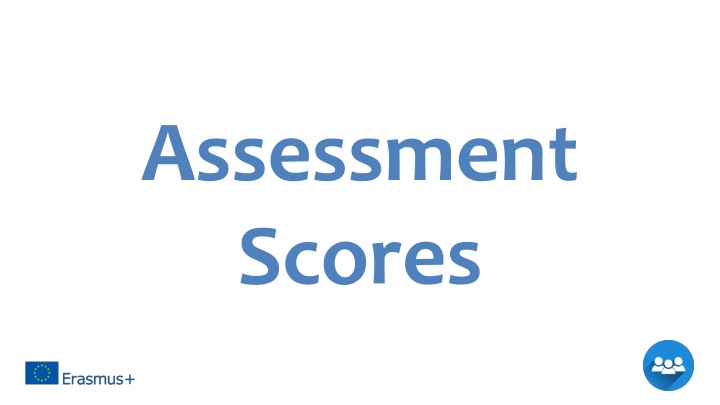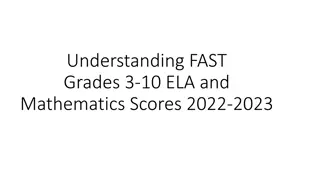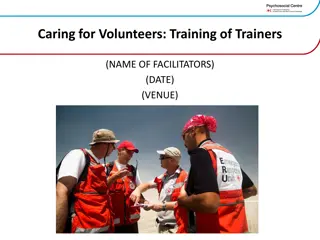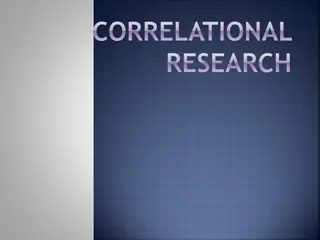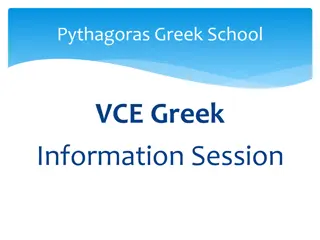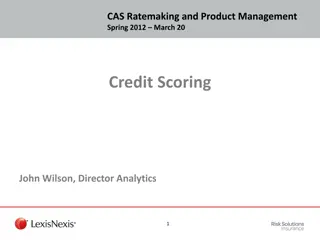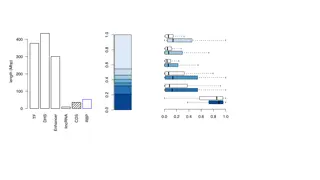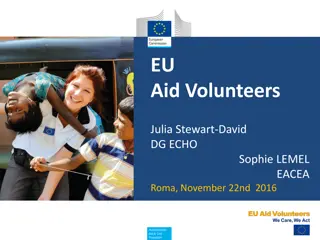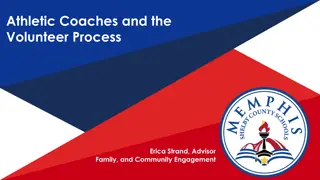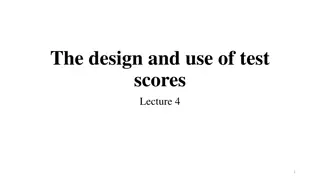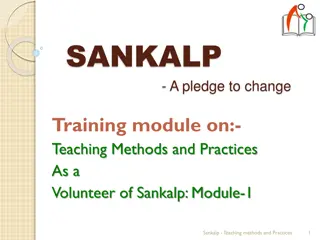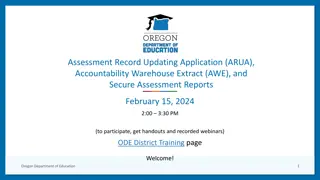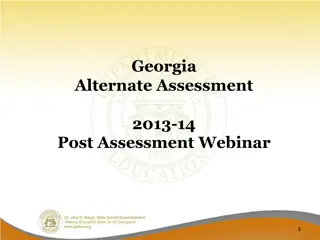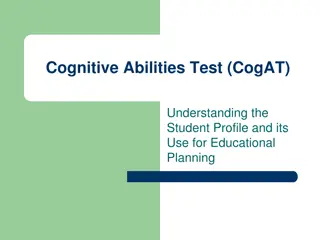Assessment Scores and Volunteers Needed Information
This content provides details on assessment scores, volunteers needed, change of criterion relevance, KA220 assessment bands, and example comments. It contains evaluation criteria, scoring ceiling examples, and detailed feedback on proposed projects.
Download Presentation

Please find below an Image/Link to download the presentation.
The content on the website is provided AS IS for your information and personal use only. It may not be sold, licensed, or shared on other websites without obtaining consent from the author.If you encounter any issues during the download, it is possible that the publisher has removed the file from their server.
You are allowed to download the files provided on this website for personal or commercial use, subject to the condition that they are used lawfully. All files are the property of their respective owners.
The content on the website is provided AS IS for your information and personal use only. It may not be sold, licensed, or shared on other websites without obtaining consent from the author.
E N D
Presentation Transcript
Assessment Scores
KA220 Assessment Bands VERY GOOD GOOD FAIR WEAK addresses all relevant aspects of the criterion in question convincingly and successfully; the answer provides all the information and evidence needed and there are no concerns or areas of weakness. application addresses the criterion well, although some small improvements could be made; the answer gives clear information on all, or nearly all, of the evidence needed. application broadly addresses the criterion, but there are some weaknesses; the answer gives some relevant information, but there are several areas where detail is lacking or the information is unclear. application fails to address the criterion or cannot be judged due to missing or incomplete information; the answer does not address the question asked, or gives very little relevant information. Scoring Ceiling FAILS THRESHOLD 25 POINTS (EXAMPLE) 22 - 25 18 - 21 12 - 17 0 - 11
KA220 Example Comments 1 The proposed project is relevant to the selected action and aligns well with the chosen priorities. Credible plans exist for developing partnerships between education and industry, with clear ambitions for enhancing collaboration between these two important stakeholder audiences, in order to improve to the relevance and responsiveness of future education programmes, and with a convincing series of actions planned with a view to delivering on these ambitions. It is positive to see direct participation from higher and vocational education actors, each having a appropriate educational footprint in the targeted sector and domain. Needs are convincingly argued and appropriate reference is made to the process of needs identification and overall outreach in this exercise. The value of transnational collaboration is well explained, with convincing plans for an exchange of knowledge and experience and with credible ambitions for the delivery of a common cooperation framework. European added-value is clearly evident within wider project goals centred on enhancing education-industry collaboration and is complemented by plans for targeted promotion, including beyond the participating countries.
KA220 Example Comments 2 The proposed project is relevant to the selected action and it is positive to see efforts made to address one of the core programme priorities for Erasmus+ (inclusion and diversity). However, it remains unclear how the selected priority will actually be addressed, with a lack of clarity in the proposal on exactly how the targeted actions expect to influence change in existing policies and practices. Whilst efforts are made to underline the importance of inclusion for each of the participating institutions, little is said of how the targeted actions and objectives might result in changes and improvements within existing programme or service provision in one or more of the participating institutions and countries. This is a definite shortcoming. Needs arguments are not fully detailed or convincing. Relevant European priorities are cited in relation to widening access and facilitating inclusion in education, yet learner audiences are notably wide-reaching, with plans to involve learners from multiple programme types and levels, and with little said of specific development needs for one or more learner audiences. The value of cross-border, multi-field and multi-sector collaboration is fairly well argued, with definite merit in the targeted peer and collaborative learning actions. Wider outreach, beyond the participating regions and countries, is less well detailed.
